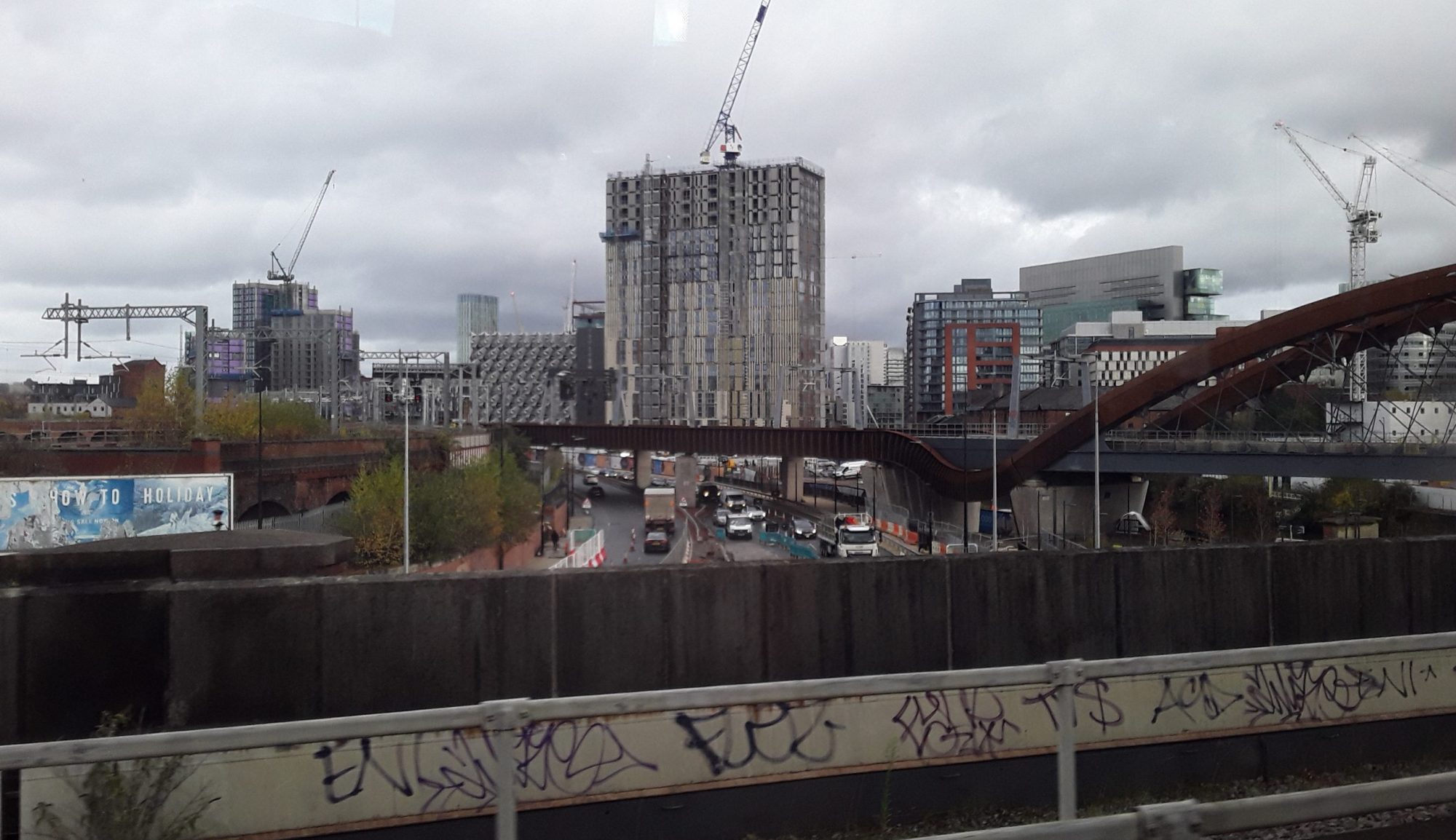Why the ‘unplanned’ matters – issues for urban geography
by Dr David Adams, chair of the UGRG committee
Urban planning often focuses on delivering bold ambitions, large-scale infrastructure projects, or extensive new housing projects. But what about the small, incremental changes that are seemingly imperceptible but nevertheless affect individuals’ lives and environments in sometimes profound ways?
These issues are directly relevant to debates on Permitted Development Rights (PDR). PDR is a legal mechanism in England that allows householders and developers to make small-scale changes. These could be loft conversions, householder extensions, or conversion of garages without needing ‘formal’ planning permission.
One perspective on this is that this represents a streamlined approach to delivering development; it is also an effective way to reduce administrative burdens and speed-up decision-making. It offers an expedient route to deliver development. Yet there are inevitable tensions here.
One major criticism surrounds how this mechanism creates a potential blind spot with far-reaching urban geography consequences for urban areas, demanding that we, like geographer Phil Hubbard, look beyond grand designs to the everyday life and small-scale regulation that truly shapes the city.
Incremental change, cumulative impact
While PDR helps ensure that local authorities are not overwhelmed by minor issues, the relative absence of formal reporting could result in cumulative social, economic, and environmental impacts which remains underexplored.
This represents a degree of ‘urban creep’: new driveways, patio areas, or extension permitted under extended PDR may reduce permeable green space. On a case-by-case basis, such changes appear insignificant. However, on a broader scale, they may intensify flood risk, increase urban heating, deplete biodiversity, and even reduce opportunities for healthy travel and neighbourly interaction.
Such individual acts of property-owner agency happen ‘under the radar’. Tracking, checking and addressing this change is important. Moreover, this prompts further reflection on how to evaluate the PDR contribution (or damage) to vital public policy ambitions, including net-zero targets, improving public health, or protecting green infrastructure.
The micro-apartment mirror
This focus on the incremental, and the often-overlooked aspects of urban change is where our work strongly resonates with the scholarship of Phil Hubbard, an urban geographer and one of the UGRG’s upcoming keynote speakers.
Hubbard’s work encourages a thorough investigation into the relationship between policy discourse and the realities and experiences of urban living as a way of understanding how urban space is produced, shaped and negotiated.
One line of research centres on the rise of micro-apartments in the UK, which offers a sometimes-stark, high-density parallel to the issues associated with PDR. Hubbard notes that the widespread push towards smaller living, often collected near the desirable urban cores sought by young professional urbanites – are often framed as a solution to the so-called housing crisis.
In this work, Hubbard uses ‘big data’ mapping blended with qualitative insight, to argue that a more worrying reality is emerging. Instead of genuinely improving affordability, these small units can become vehicles for real estate value extraction, bolstering real estate investment portfolios, and developers while potentially accelerating uneven socio-economic and environmental urban geographies.
There are strong connections here between householder PDR and smaller micro-apartments that hinges on deregulated planning that supports profit over liveability. For example, PDR allows property owners to exercise their seemingly unalienable right for private utility (larger, more commodious homes) arguably at the expense of the collective good (green space, flood control, area character, and so on). Similarly, micro-apartments encourage developers to maximize yield at the expense of spatial adequacy and long-term resident well-being.
In both cases, these examples represent how urban geographies are being radically reshaped in piecemeal ways: cities are getting denser and changing character through small, policy-exempted decisions. Both encourage urban geographers – and other actors involved with the design, management of urban space – to examine the wider consequences of pro-growth development and economic yields to consider instead the urban legacy. These issues matter. If unchecked householder development degrades environmental quality, this will have potentially serious implications for future liveability.
This work is not solely about generating new knowledge that will inform policy. There are lessons for all actors involved in the broader development process. Bringing these issues to light – through these and similar webinars and events – is part of developing evidence-based recommendations needed to support broader public policy objectives.
